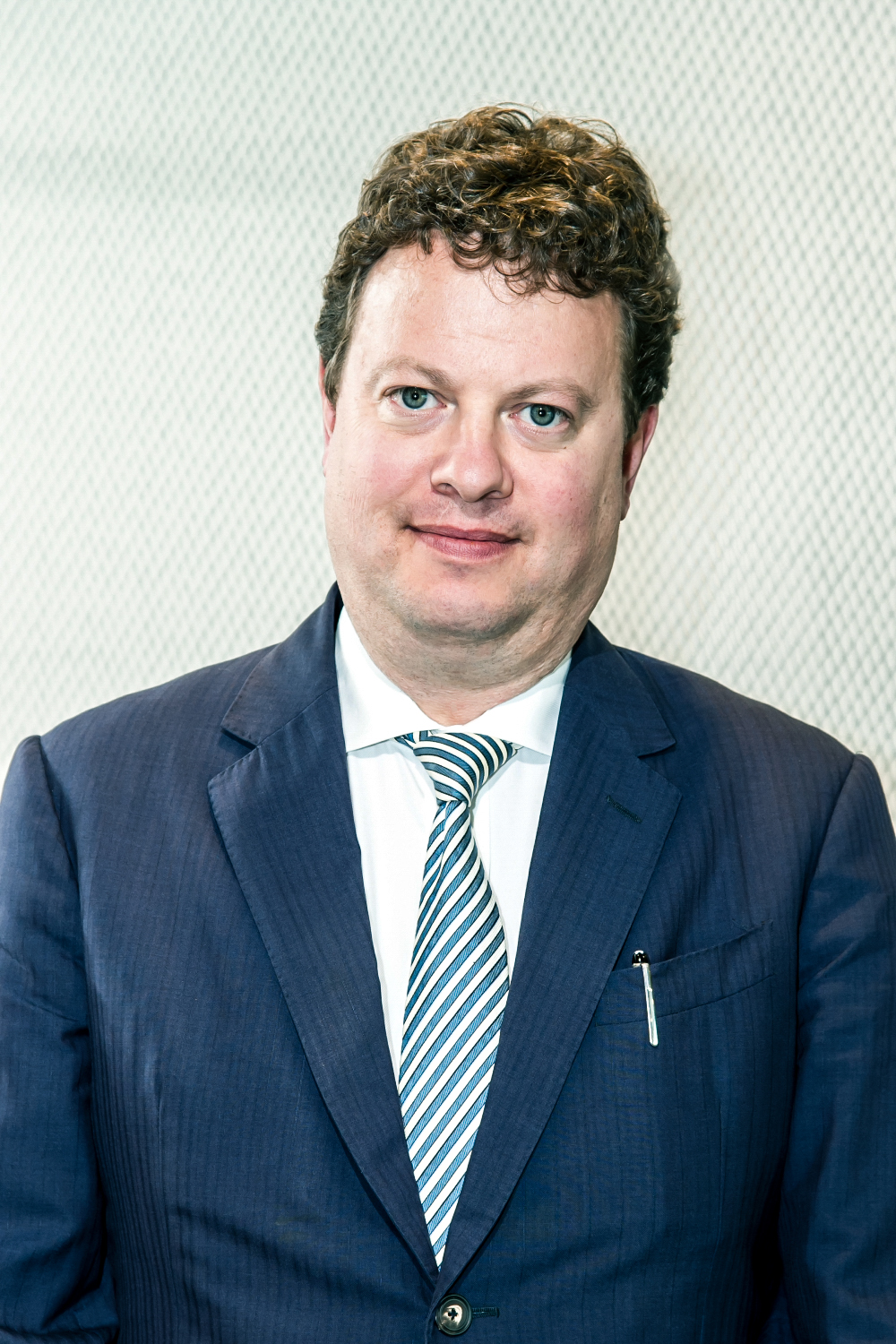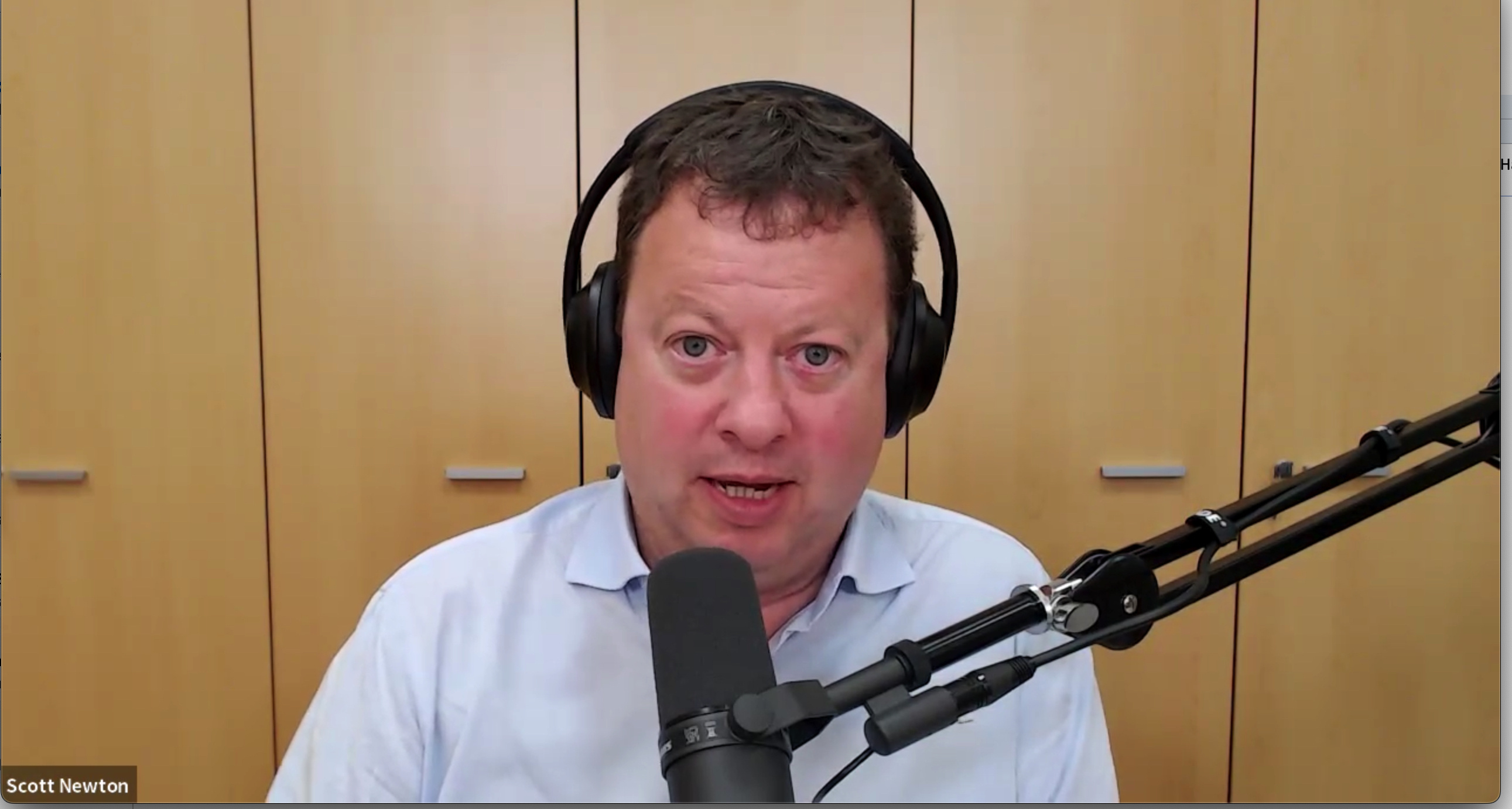American innovator and Department store magnate John Wanamaker is remembered for his reflection ““Half the money I spend on advertising is wasted; the trouble is, I don't know which half.”
While Mr. Wanamaker was referring to advertising, this feeling is reflected in the concern of boards and management teams worldwide today on their spending on innovation, ecosystems, and platforms.
Consider the evolution of global trading partners in the past half century, and the astonishing development of China, Germany, and growth in bilateral business relationships in both mature and early-stage markets. Just as nations have invested in building strong economic trade, organizations of all sizes are also building their multinational networks and ecosystems.
What about Organizational ecosystems?
Organizational ecosystems have evolved around a diversified assortment of product and service providers in various market. There has been a consolidation of these providers around a few key trends.
If we take the Learning and Development industry for example, which is frequently referred to as L&D, many companies have experienced an expansion and contraction around content and technology providers over the past decade. The adaptation within L&D is leading to tighter ecosystems propelled by:
- the need to rein in corporate spending on L&D programs that fail to demonstrate ROI, last year L&D spend exceeded $93B in the US alone.
-the administrative load on managing a complex, diversified partner portfolio where information flows across disparate systems
-the lack of innovation, synergies, and integrated approaches that organizations and leaders need move the business forward in a cohesive way
As you look at your organizational strategy for the next 2-3 years, how intentional have you been about selecting the right providers that will support your organization?
How are you ensuring that your ecosystem is working together to drive the collective value and insights that you need (to make informed business decisions/grow your business)?
If you haven’t been able to crack this nut, then you should consider an ecosystem review.
"For some organizations a simple mapping of their ecosystem, preferably in relation to their current ambition/vision model will be an eye opening workshop exercise" notes Victor Haze at Ecosystem Strategy Design in the Netherlands.
How can you get Started on getting a clear picture of where your organization currently is at:
- Analyzing partner spend and value received by market / function / team based upon key metrics such as relevancy, effectiveness, impact, satisfaction and overall fit with the broader strategy and vision
- Conduct an audit of the partners – are they meeting your KPI targets, what’s on their roadmap for 2022-2023 that will further support your growth objectives
- Determine which providers have redundant products and services and look to consolidate them
- Set up facilitated ecosystem reviews annually or quarterly depending upon the growth stage of your company
- Establish an ecosystem review board / advisory panel who maintains oversight of the collective value and ensure proper alignment and fit before signing up another partner
- Likely the most energizing and enlightening thing you can do is create ecosystem incubator where all the providers come together contribute their latest thinking and research around a key strategic priority that you have. For example: EnelX based in Rome Italy. EnelX has created a vibrant global ecosystem addressing mobility and energy challenges in what was previously a staid state-owned utility. Today, Enel under the leadership of CEO Francesco Starace has a market cap of more than €65 Billion, and is ranked as the number 2 EV Charging and Storage company worldwide by Guidehouse Insights.
We often hear that our clients don’t have the time tackle this.
Fortunately, there are managed service providers that can help organizations get a grip on their unwieldly ecosystem costs while driving collective insights and greater value. Whether it is creating a new vendor management strategy, tracking daily spend and utilization or harnessing the next big idea – there are experts ready to support. I know it may sound counterintuitive, adding another partner to manage your existing partners – but in the absence of internal resources, capabilities, and clarity to support this endeavor – organizations will likely continue to bleed unnecessary spend and waste.
How are organizations big and small thinking about their ecosystem for tomorrow?
This article was written by Jessica Conser, Ph.D. SVP Products and Solutions at LHH Lee Hecht Harrison in Zurich and Scott Newton, Managing Partner, Thinking Dimensions





